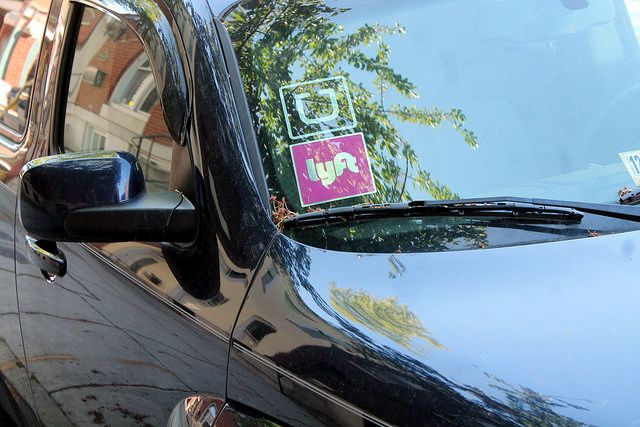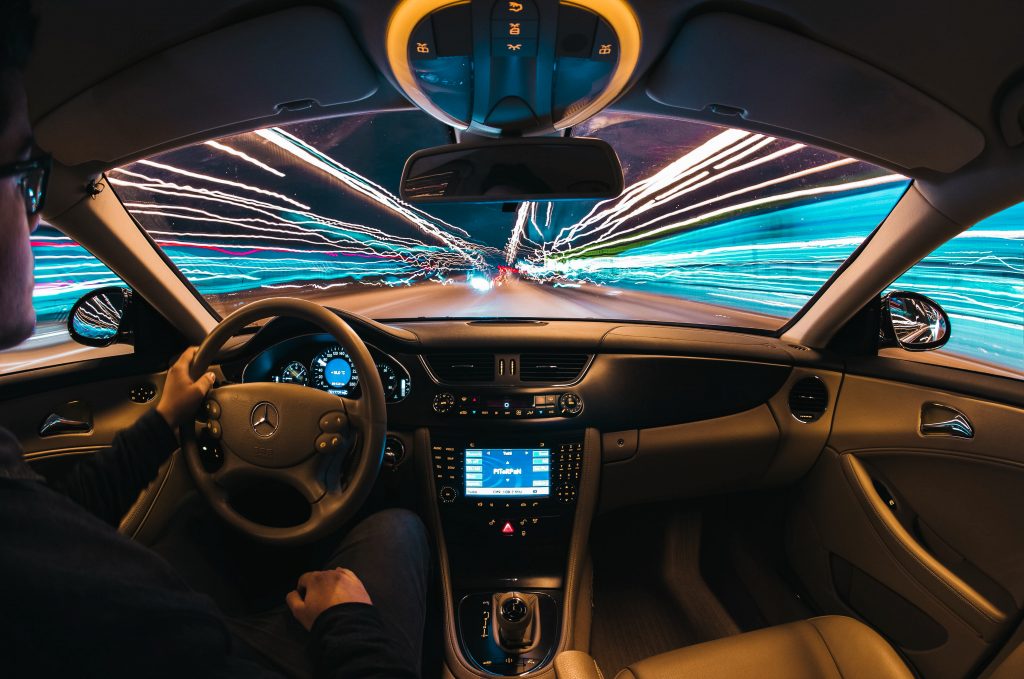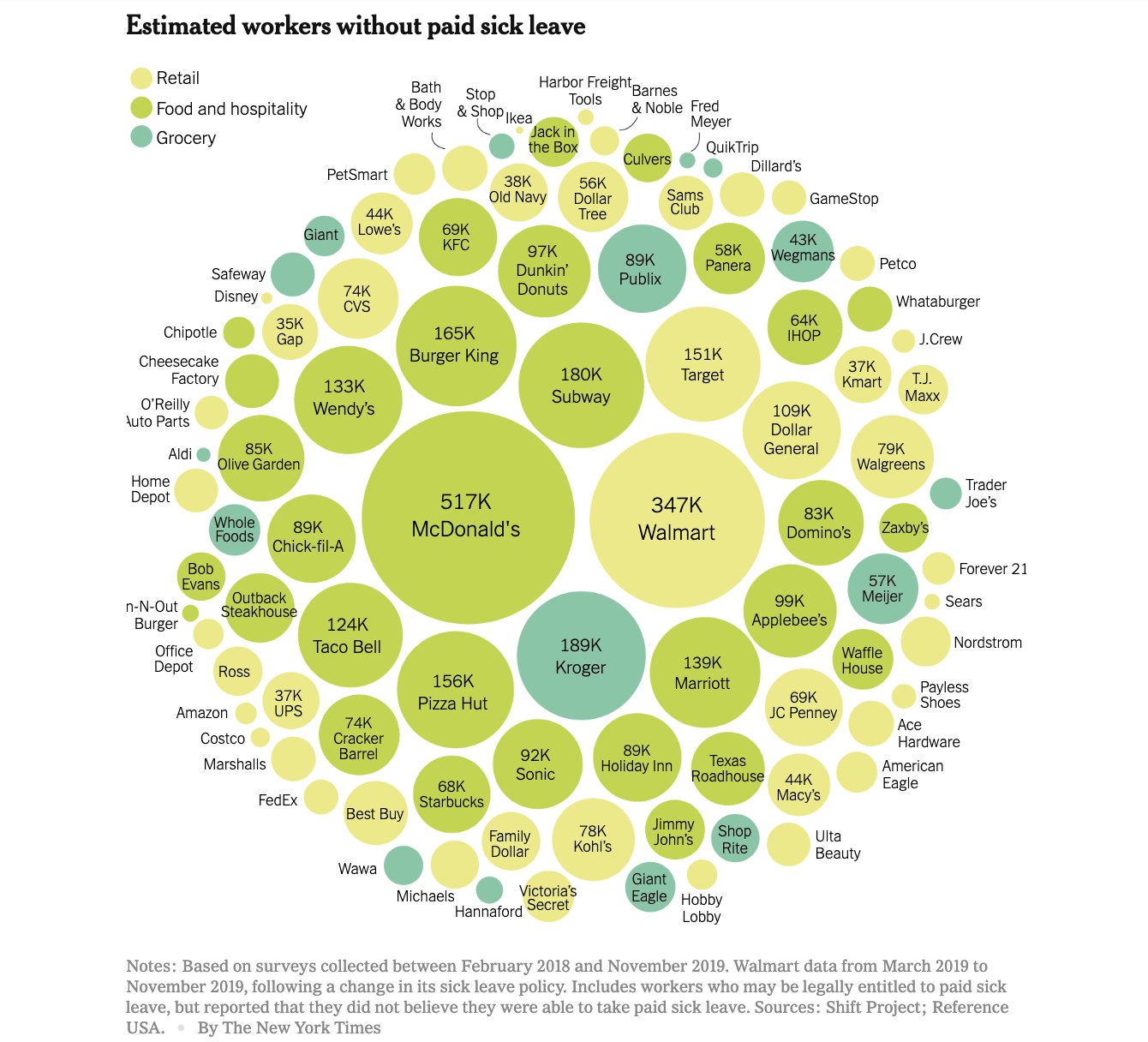Uber has suspended its shared ‘Uber Pool’ class of rides, the company announced on Tuesday. The Uber Pool option would match up to three passengers together in one vehicle based on their destination, and Uber said in a statement from Uber Rides and Platform Vice President Andrew Macdonald that the company’s “goal is to help… Continue reading Uber suspends Uber Pool shared rides in the US and Canada to help limit coronavirus spread
Tag: Uber
Uber, Lyft Extends Sick Leave During Coronavirus Pandemic
In response to the plea for social distancing, driver groups have also called on the companies to suspend their carpooling features. Photo via Elvert Barnes/Flickr. In response to the coronavirus (COVID-19) pandemic, Uber and Lyft have announced new policies that will expand sick leave to drivers. according to The Verge. Now, Uber drivers who test positive for… Continue reading Uber, Lyft Extends Sick Leave During Coronavirus Pandemic
San Francisco’s shelter-in-place order does not apply to gig workers
Earlier today, San Francisco Mayor London Breed announced a shelter-in-place order in an attempt to slow the spread of COVID-19. The order legally requires people to stay home as much as possible unless it’s essential that they leave to do things like go to the grocery store, buy gas or go to the pharmacy. So,… Continue reading San Francisco’s shelter-in-place order does not apply to gig workers
Uber Eats waives delivery fees for independent restaurants during COVID-19 pandemic
Uber Eats said Monday it will waive delivery fees for all orders from independently owned restaurants on the app as the COVID-19 pandemic continues to spread and causes cities to shutter all non-essential businesses. Restaurants throughout the U.S. are facing economic headwinds as city and state officials take steps to stop the spread of COVID-19,… Continue reading Uber Eats waives delivery fees for independent restaurants during COVID-19 pandemic
YC grad SINAI helps companies understand their emissions in a bid to fight climate change
The first step to combating climate change for businesses is for them to understand their contributions to it. That’s where the new Y Combinator graduate, SINAI Technologies, comes in. Founded by Maria Fujihara, a 16-year veteran of the sustainability industry whose previous work had been around the technical adaptation of LEED certification tools, SINAI is… Continue reading YC grad SINAI helps companies understand their emissions in a bid to fight climate change
Uber offers 14 days of financial assistance to drivers with COVID-19
Sponsored Links nycshooter via Getty Images There have been a lot of questions about how so-called “gig” workers like Uber drivers will be affected by the coronavirus pandemic and what, if anything, companies will do to help. Today, Uber detailed its plan for compensating drivers if they are unable to work because of a COVID-19… Continue reading Uber offers 14 days of financial assistance to drivers with COVID-19
Uber: Uber Eats Announces Efforts to Support U.S. & Canada Restaurant Industry Amid COVID-19 Concerns
SAN FRANCISCO–(BUSINESS WIRE)–Uber Eats today announced efforts to support independent restaurant owners and operators as the hospitality industry faces unprecedented challenges amidst the COVID-19 state of emergency. “We know the coming weeks will be challenging ones for many small business owners, and we want to help restaurants focus on food, not finances.” said Janelle Sallenave,… Continue reading Uber: Uber Eats Announces Efforts to Support U.S. & Canada Restaurant Industry Amid COVID-19 Concerns
Fintech-Powered Innovation In The Automotive Industry- The Latest Trends
Fintech is huge these days becoming an essential part of every industry. It makes things faster, cheaper, and easier both for organizations and their customers. According to some recent fintech statistics, nearly 64% of consumers have used two or more fintech services or platforms in 2019 alone. Moreover, specialists expect that this industry will have… Continue reading Fintech-Powered Innovation In The Automotive Industry- The Latest Trends
Workers at America’s largest companies are not covered under coronavirus aid package
Workers at America’s largest companies are not covered under a bill passed by the House of Representatives on Friday that is supposed to support American workers impacted by the spread of the novel coronavirus. The bill still has to be voted on by the Senate and approved before it can be signed into law, but… Continue reading Workers at America’s largest companies are not covered under coronavirus aid package
NTSB Investigation Into Deadly Uber Self-Driving Car Crash Reveals Lax Attitude Toward Safety
Original Article






